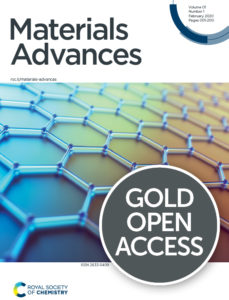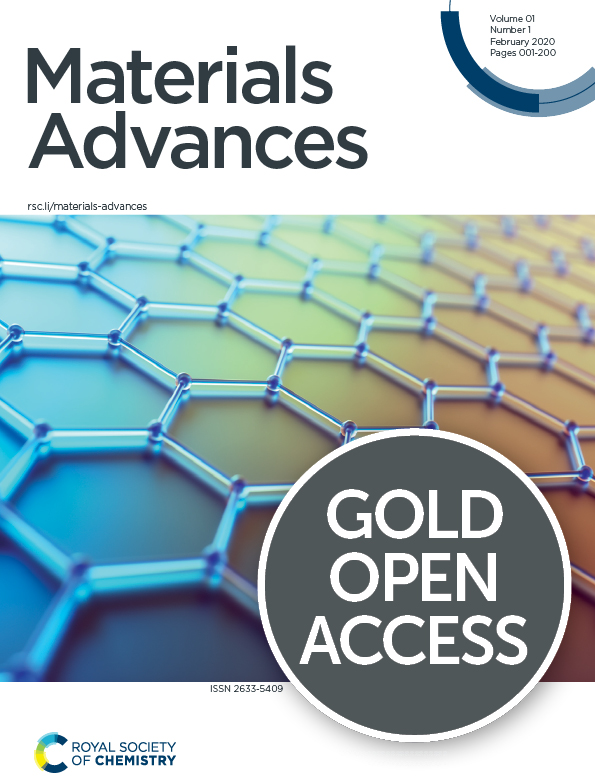The Materials Advances “Popular Advances” article collection
The “Popular Advances” collection for Materials Advances recognizes the most well received papers published in the journal so far. New papers will be added monthly, so be sure to keep up to date with the collection.
See the collection and read the articles
June highlights
May highlights
|
Review |
|
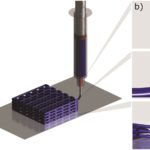 |
Direct ink writing of energy materials
S. Tagliaferri, A. Panagiotopoulos and C. Mattevi Mater. Adv., 2021,2, 540-563 DOI: 10.1039/D0MA00753F |
|
Paper |
|
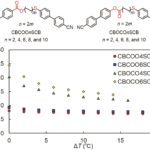 |
Distinct twist-bend nematic phase behaviors associated with the ester-linkage direction of thioether-linked liquid crystal dimers
Yuki Arakawa, Kenta Komatsu, Jun Feng, Chenhui Zhu and Hideto Tsuji Mater. Adv., 2021,2, 261-272 DOI: 10.1039/D0MA00746C |
April highlights
|
Review |
|
 |
Recent advances, design guidelines, and prospects of flexible organic/inorganic thermoelectric composites
Qinghui Jiang, Junyou Yang, Peter Hing and Haitao Ye Mater. Adv., 2020, 1, 1038-1054 DOI: 10.1039/D0MA00278J |
|
Communication |
|
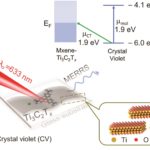 |
The surface-enhanced resonance Raman scattering of dye molecules adsorbed on two-dimensional titanium carbide Ti3C2Tx (MXene) film
Satheeshkumar Elumalai, John R. Lombardi and Masahiro Yoshimura Mater. Adv., 2020, 1, 146-152 DOI: 10.1039/D0MA00091D |
|
Paper |
|
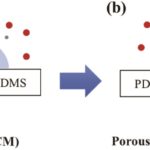 |
Tuning the porosity of biofabricated chitosan membranes in microfluidics with co-assembled nanoparticles as templates
Khanh L. Ly, Christopher B. Raub and Xiaolong Luo Mater. Adv., 2020, 1, 34-44 DOI: 10.1039/D0MA00073F |
We hope you enjoy reading these articles!
Visit our website – rsc.li/materials-advances
Sign up now to get updates on all articles as they are published on Twitter, Facebook, and our e-alerts.
Materials Advances is an international, gold open access journal, publishing good quality research across the breadth of materials science.
Free to read, and free to publish in, the journal builds on and complements the materials research published in the Royal Society of Chemistry journal portfolio.



